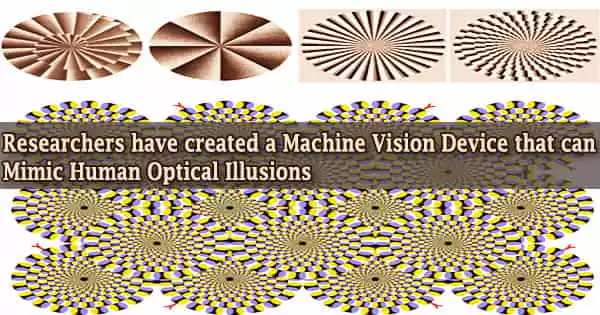NIMS has created an ionic artificial vision device that can increase the edge contrast between a mage’s darker and lighter parts in a comparable way to human vision.
Ionic migration and interaction inside solids were used to create the first-ever synthetic mimicking of human optical illusions. It’s feasible that the gadget might be used to create tiny, energy-efficient visual sensing and image processing circuitry that can handle analog signals.
Several artificial intelligence (AI) system developers have recently expressed an interest in studying various sensors and analog information processing systems that are inspired by human sensory mechanisms.

Most AI research systems necessitate sophisticated software/programs and complex circuit designs, which include custom-designed processing modules with arithmetic circuits and memory. These systems, however, have drawbacks in that they are huge and require a lot of electricity.
An ionic artificial vision device made of an array of mixed conductor channels set at regular intervals atop a solid electrolyte was recently developed by the NIMS research team. By responding to input voltage pulses, this device models how human retinal neurons (photoreceptors, horizontal cells, and bipolar cells) process visual inputs (equivalent to electrical signals from photoreceptors).
Ions in the solid electrolyte (equivalent to a horizontal cell) travel across the mixed conductor channels, causing the output channel current to fluctuate (equivalent to a bipolar cell response).
By following these steps, the device was able to process input image signals without the use of software and produce an output image with increased edge contrast between darker and lighter areas, similar to how the human visual system can increase edge contrast between different colors and shapes using visual lateral inhibition.
In addition to darkness/lightness, the human eye produces other optical illusions connected with tilt angle, size, color, and movement, and this process is thought to play a vital part in the visual identification of distinct things. Other forms of optical illusions could be reproduced using the ionic artificial vision apparatus described here.
By merging the subject device with other components, such as photoreceptor circuits, the study team expects to construct visual sensing systems capable of executing human retinal functions.





